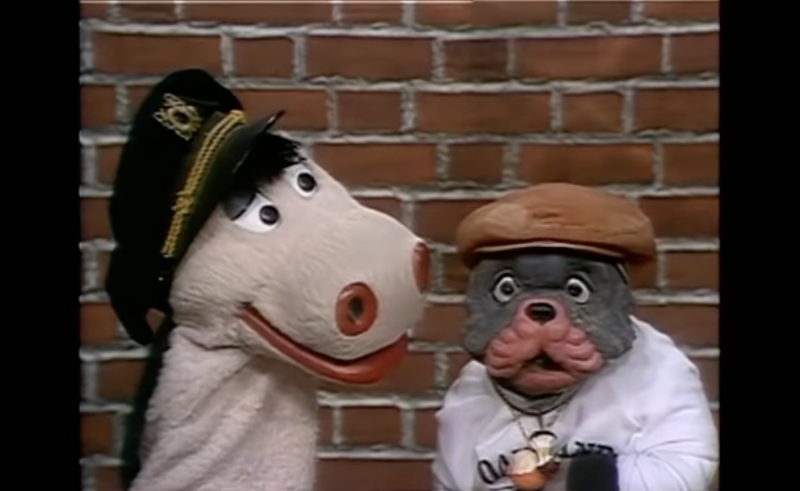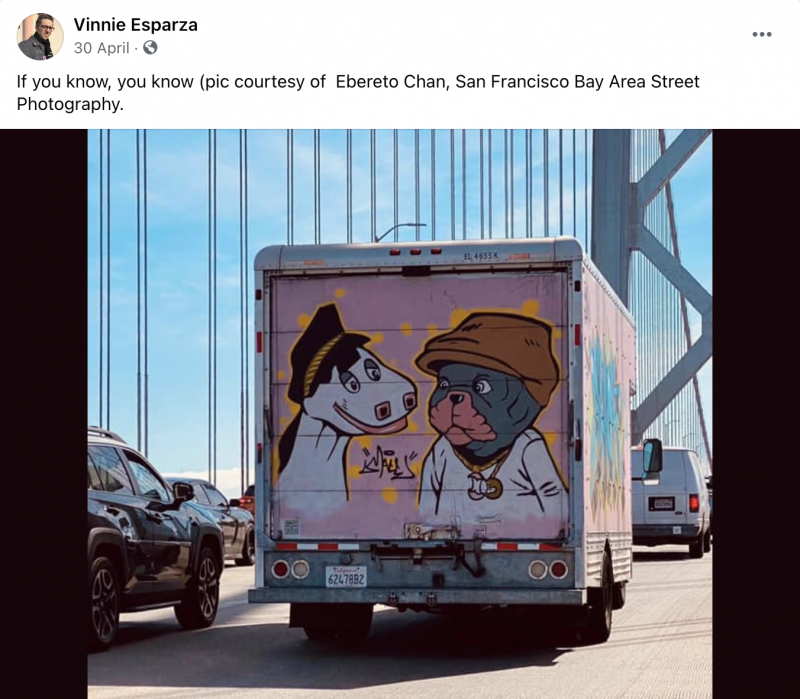McCormick was born in Myrtle Creek (a town of 1,700 people in southern Oregon), did a stint in the Air Force in his teens, then decided he wanted to break into showbiz. In 1952, aged 20, he moved to Hollywood and spent seven years bouncing around jobs on the bottom rung of the entertainment ladder. He worked in the mail department of Allied Artists, he chauffeured studio execs from Warner Bros. and Universal, and he worked in guest relations for CBS and ABC. For a time, he was an assistant film cutter at Disney. But it was a chance encounter at ABC that would change McCormick’s life.
It was there that McCormick befriended Jack Shaften, a respected puppeteer who had a cast of characters on The George Gobel Show and countless commercials. One day, Shaften showed McCormick the horse puppet that would go on to become Charley. Disney had created it for a movie pilot, but ultimately decided the horse didn’t fit in with their other characters. McCormick saw the puppet’s potential and bought it from Shaften. After he came up with Charley’s persona—he was loosely inspired by Chester Goode, the funniest character on the 1950s TV show Gunsmoke—McCormick co-designed and created Humphrey with Shaften. Amusingly, they originally imagined the bulldog with a high-pitched, squeaky voice.
In 1960, McCormick told the Petaluma Argus-Courier: “Humphrey was designed with the hope of obtaining at least two different expressions. We were amazed to find, when the puppet was finished, that Humphrey had virtually become a dog with a million faces.”
In the end, that expressive face would prove to be a bit of a burden for McCormick. He told the Arizona Republic in 1962 that while Charley was built to last, Humphrey’s head would wear out every six months, meaning repairs and replacements were needed on an ongoing basis.
McCormick’s big break came in 1959, after auditioning for KFRE-TV in Fresno. The Charley Horse Show was born, and became an overnight success—kids loved its humor and parents appreciated its positive messages and lessons. McCormick quickly perfected his puppeteering style.
“I sit on a movable Renault automobile seat under a large table and work the animals over my head,” he told the Arizona Republic in 1962. “I have a monitor set down on the floor in front of me, so I’m always able to watch how they’re projecting on the home sets.”
Word spread about the the show, and on Aug. 1, 1960, Charley and Humphrey came to San Francisco to join KGO-TV. They received a warm welcome right off the bat. “Welcome to town, Patrick,” one reporter at the San Francisco Examiner wrote, “and I hope your Charley Horse never develops a limp.”



